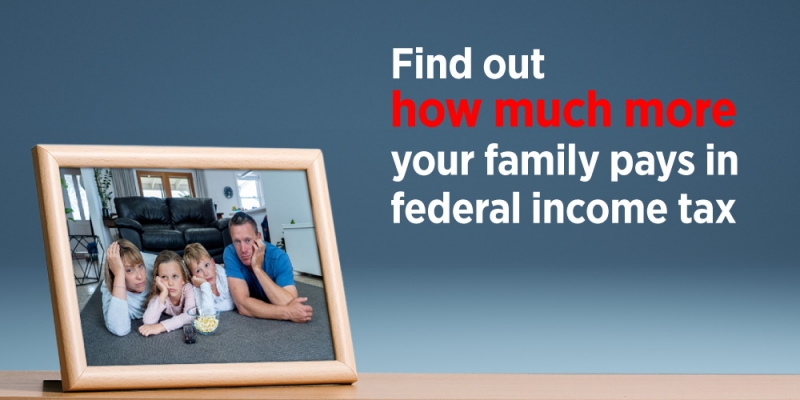Measuring the Impact of Federal Personal Income Tax Changes on Middle Income Canadian Families since 2015
— Publié le 20, January, 2022

Summary
- During the 2015 federal election campaign, the Liberals pledged to cut income taxes on Canada’s middle class. Since coming into office, the government has repeatedly claimed that it has delivered on this commitment. While the federal government did reduce the second lowest federal personal income tax rate, it also simultaneously introduced several other broader changes to the federal personal income tax system.
- For instance, it introduced a new, higher top income tax rate and eliminated several tax credits, which had the effect of increasing taxes on Canadian families who previously claimed those credits. In fact, the elimination of many tax credits may partially, or even completely, offset the tax rate reduction targeted at middle income families.
- This paper measures the net overall effect that the federal government’s changes to the personal income tax system have had on the amount of tax that Canadian families with children pay. It finds the federal government’s income tax changes have resulted in 61 percent of the 3.7 million families with children covered in this paper (representing 13.6 million individuals), paying more tax. The average tax increase amounts to $1,006 per family each year.
- Among middle income families—the group of families the federal government claims to want to help—86 percent are paying more in taxes as a result of the federal income tax changes. The average income tax increase for this group of middle income families is $800.
- For the subset of middle income families consisting of couples with children, an even greater share (89 percent) pays higher income taxes ($902 on average).


















